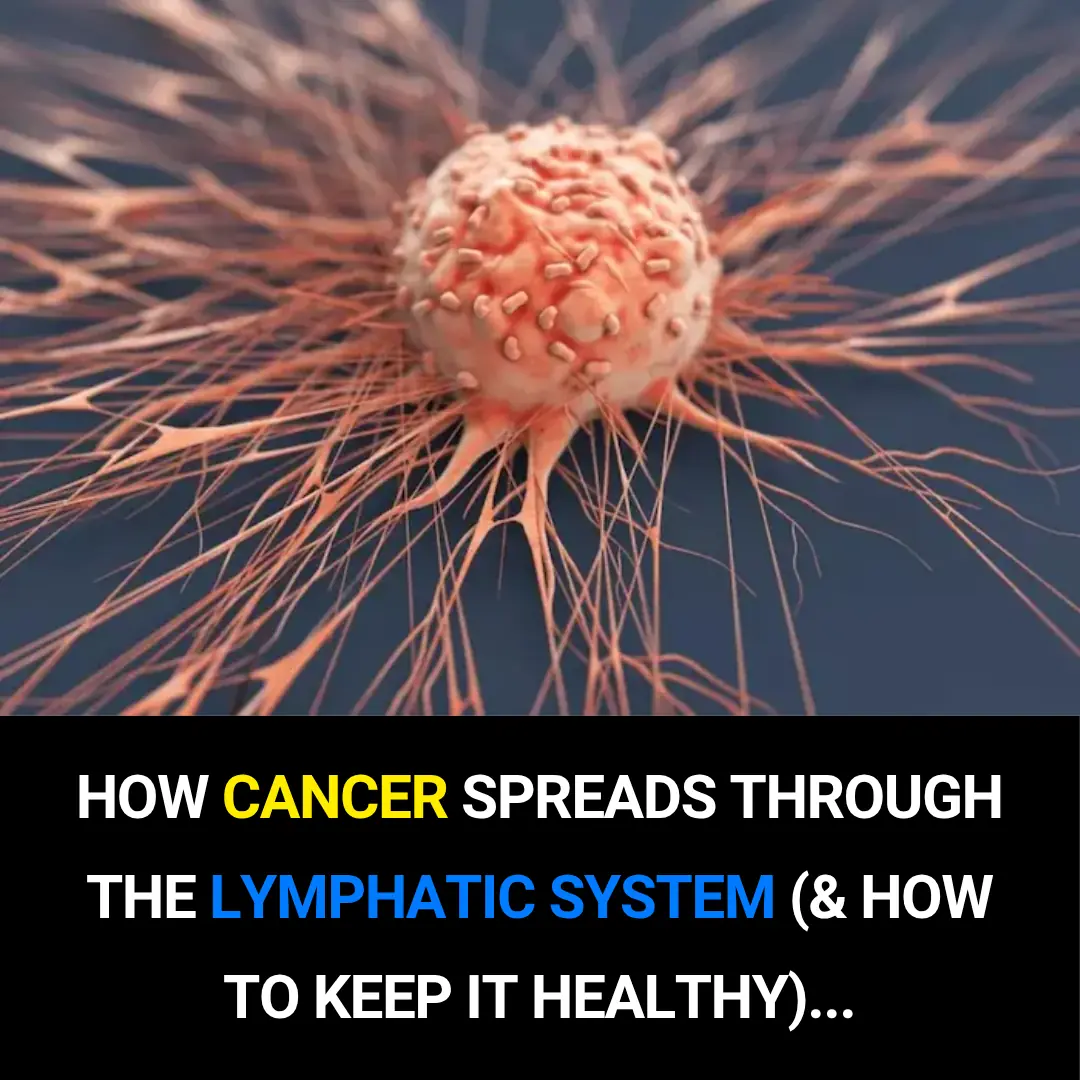
5 Early Signs of Poor Circulation (and How to Boost Blood Flow)
5 Early Signs of Poor Circulation (and How to Boost Blood Flow)
Have you been feeling “off” lately — maybe a strange tingling in your feet, cold hands, or muscle cramps when you walk? You might also notice hair loss on your lower legs, pale skin, or even episodes of fatigue, memory lapses, or chest tightness. These subtle symptoms might not seem related, but they can all be signs of poor circulation — your body’s way of warning that oxygen-rich blood isn’t flowing as it should.
Many people refer to this as having “clogged veins,” but the truth is a bit more complex. Circulatory problems can involve arteries, veins, or even the lymphatic system, and understanding the difference is key to protecting your health.

Key Takeaways
-
Veins vs. Arteries: Arteries carry oxygen-rich blood from the heart, while veins return oxygen-poor blood back to the heart. Lymphatic vessels drain excess fluid and waste.
-
“Clogged Veins” Are Usually Clogged Arteries: While veins can develop blockages (as in thrombosis), most people with poor circulation are actually dealing with arterial narrowing or plaque buildup.
-
Symptoms Depend on the Type and Location: The warning signs vary depending on whether the blockage is acute (sudden) or chronic (gradual), and whether it’s in the heart, brain, or limbs.
-
Acute Blockages = Medical Emergency: Sudden blockages can cause heart attacks, strokes, or limb loss and require urgent medical help.
-
Chronic Blockages = Ongoing Damage: These develop slowly, causing fatigue, cold extremities, numbness, and muscle pain over time.
-
Prevention Works: Healthy habits — from regular exercise to eating clean — can dramatically improve blood flow and protect against circulation-related diseases.
Understanding Your Circulatory System
Your circulatory system is like a vast, dynamic highway network transporting oxygen, nutrients, and hormones to every cell while removing carbon dioxide and waste.
-
Arteries are the delivery trucks, taking oxygenated blood from the heart to organs and tissues.
-
Veins are the return trucks, bringing the deoxygenated blood back to the heart.
-
The lymphatic system, running alongside, drains excess fluid and helps filter out toxins, bacteria, and waste.
When any part of this system slows down or gets blocked, circulation suffers — and your cells start to feel the effects. That’s when the warning signs appear.
When Veins Get Clogged: Thrombosis
Vein blockages often result from blood clots, a condition called thrombosis. The most common form, deep vein thrombosis (DVT), usually occurs in the legs after long periods of inactivity, major surgery, or as a side effect of certain medications (like birth control pills).
Symptoms of DVT include:
-
A dull or cramping pain in one calf or thigh
-
Swelling in one leg
-
Skin that feels warm, red, or unusually pale
-
More prominent surface veins
If you suspect a clot, seek medical care immediately. A dislodged clot can travel to your lungs, causing a pulmonary embolism, a life-threatening emergency.
When Arteries Get Clogged: The Bigger Problem
When people say their “veins are clogged,” they often mean arterial blockages — a condition caused by atherosclerosis, or the buildup of fatty plaque inside the arteries. This restricts blood flow and deprives tissues of oxygen, leading to a wide range of symptoms depending on where the blockage occurs.
1. Acute Arterial Blockages – Sudden and Severe
These blockages happen abruptly, often due to a clot forming on top of a narrowed artery. The result is an immediate medical emergency.
-
In the heart, it causes a heart attack (myocardial infarction) — sudden chest pain, shortness of breath, and nausea.
-
In the brain, it causes a stroke, leading to facial drooping, weakness, or speech problems.
-
In the limbs, a sudden blockage can stop oxygen from reaching muscles and nerves. The leg may become pale, cold, and numb with intense pain and no detectable pulse. Without rapid treatment, tissue death (gangrene) and limb loss can occur.
For heart attacks and strokes, time is everything. Early medical intervention can mean the difference between full recovery and permanent damage.
2. Chronic Arterial Blockages – The Silent Slowdown
Chronic circulation issues develop gradually, often over years. You might not notice them until blood flow drops below a certain threshold — usually after the artery is more than 70% blocked.
Common early warning signs include:
-
Numbness or tingling: Pins-and-needles sensations in your hands or feet.
-
Cold extremities: Feet or hands that feel icy even in warm weather, sometimes turning pale or bluish.
-
Cramps and muscle pain: Especially during walking or exercise (known as intermittent claudication). The pain eases when you rest but returns with movement.
-
Muscle wasting: Chronic oxygen deprivation causes muscles to shrink and weaken.
-
Delayed healing: Cuts or wounds on your legs and feet that take unusually long to close.
If the blockage affects the heart, you may feel angina — tightness or discomfort that appears during exertion and improves with rest. Unstable angina, however, can strike even at rest and signals that a heart attack may be imminent.
If arteries feeding the brain (carotid arteries) are narrowing, symptoms may include confusion, memory lapses, dizziness, or sudden weakness.
What About Varicose Veins?
Varicose veins are often mistaken for circulation blockages but are actually caused by faulty valves in the veins. When these valves fail, blood pools instead of flowing upward, causing twisted, enlarged veins near the skin’s surface. While they’re usually not dangerous, they can be uncomfortable and may indicate sluggish venous circulation.
5 Early Signs of Poor Circulation
-
Cold Hands and Feet: Persistent coldness may indicate reduced arterial blood flow.
-
Tingling or Numbness: Especially in the legs, toes, or fingers.
-
Leg Pain When Walking: A hallmark of claudication and peripheral artery disease.
-
Slow-Healing Wounds: Poor oxygen delivery makes even small cuts heal slowly.
-
Fatigue or Mental Fog: When circulation is compromised, your muscles and brain don’t get enough oxygen — leading to tiredness and forgetfulness.
If you recognize several of these symptoms, it’s time to talk to your healthcare provider. Early testing and intervention can prevent serious complications.
How to Boost Circulation and Protect Your Blood Vessels
Keeping your arteries and veins healthy doesn’t require perfection — just consistency. Here are science-backed ways to strengthen your circulatory system naturally:
-
Move Every Day: Regular exercise — even brisk walking for 30 minutes — improves blood flow, strengthens your heart, and encourages your arteries to stay flexible. Low-impact activities like cycling, swimming, or yoga also enhance oxygen delivery to tissues.
-
Elevate Your Legs: If you sit or stand for long periods, prop your legs up for 10–15 minutes to encourage venous return and reduce swelling.
-
Quit Smoking: Smoking damages arterial walls, increases clot risk, and accelerates plaque buildup. Quitting is one of the most powerful ways to improve circulation.
-
Maintain a Healthy Weight: Extra body fat puts pressure on blood vessels and increases inflammation, both of which restrict flow.
-
Eat a Heart-Healthy Diet: Prioritize fruits, vegetables, whole grains, nuts, and omega-3-rich fats (like olive oil, avocado, and salmon). Limit processed foods, sugar, and red meat. Antioxidant-rich foods like berries and leafy greens also protect blood vessels from oxidative damage.
-
Stay Hydrated: Water helps blood maintain the right viscosity — too little hydration can make blood thicker and harder to circulate.
-
Manage Stress: Chronic stress raises blood pressure and constricts blood vessels. Deep breathing, meditation, and regular movement all help keep your cardiovascular system relaxed.
Final Thoughts
Poor circulation can start subtly — a little tingling here, a bit of leg pain there — but it’s a sign your body needs attention. Left unchecked, circulation problems can progress into serious cardiovascular disease.
The good news? Your body is remarkably adaptive. By moving regularly, eating clean, quitting smoking, and staying hydrated, you can boost your blood flow, nourish your organs, and protect your heart and brain for years to come.
If you’re experiencing ongoing symptoms, don’t ignore them — talk to your doctor. Addressing circulation early is one of the simplest, most powerful ways to prevent serious disease and stay strong from head to toe.
Source: Dr. André Wambier
News in the same category


How to Make Alkaline Water to Fight Fatigue, Digestive Issues, and Disease

Your Legs Have a “Second Heart” — And One Simple Move Can Reactivate It Fast

A neurosurgeon says your legs could predict dementia years before memory loss
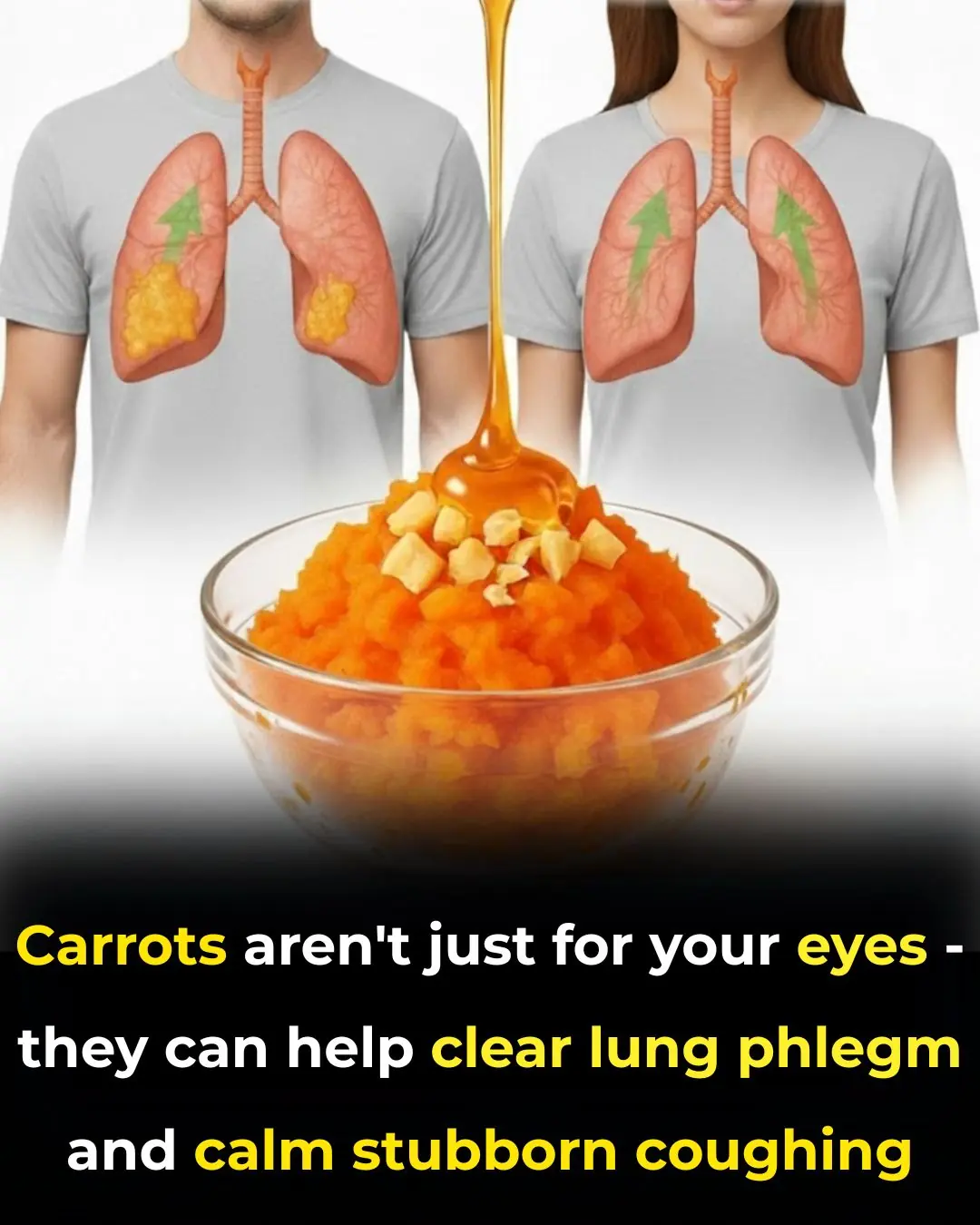
Simple Homemade Cough Syrup Removes Phlegm From The Lungs
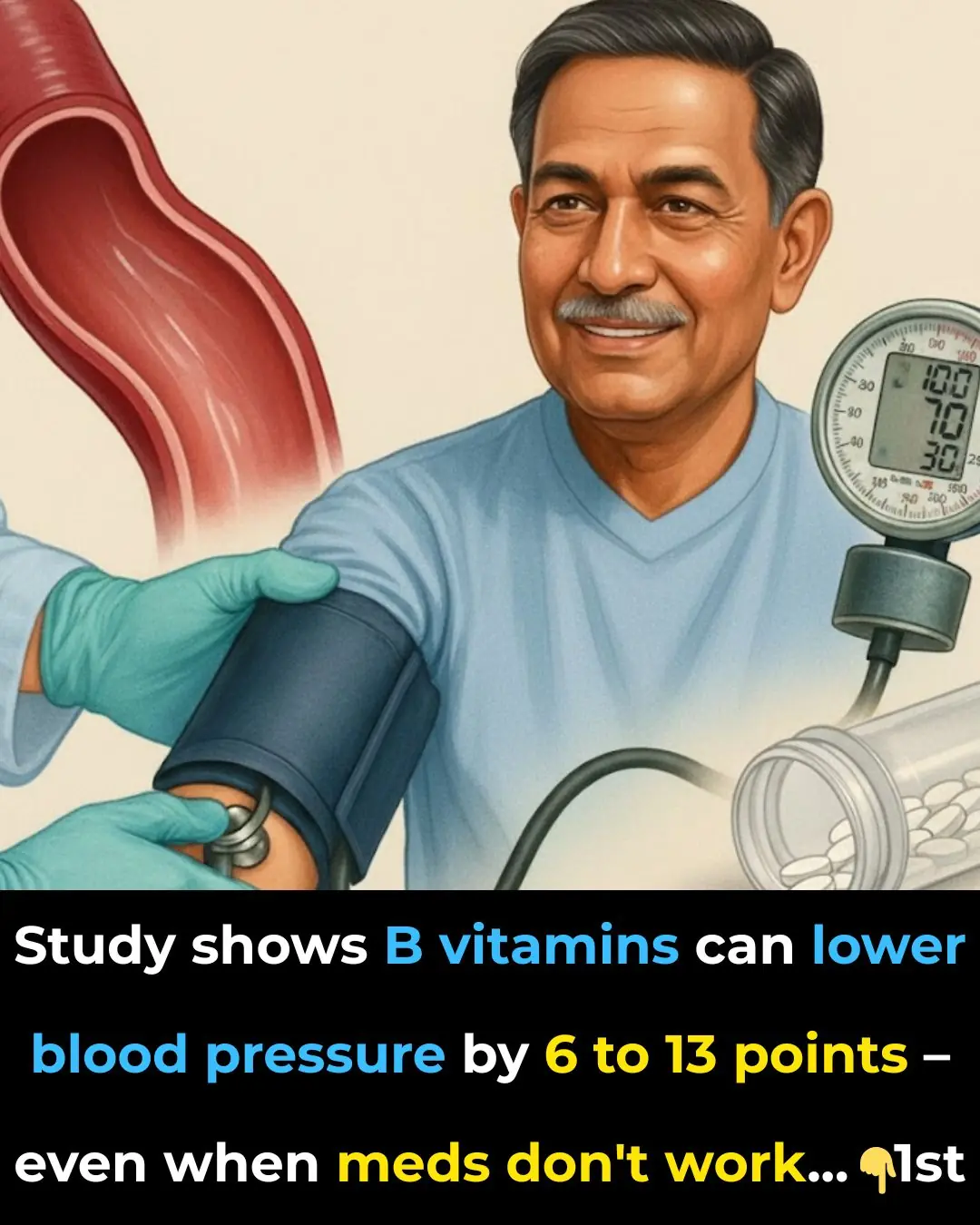
The B vitamin solution: lower blood pressure when medications fail
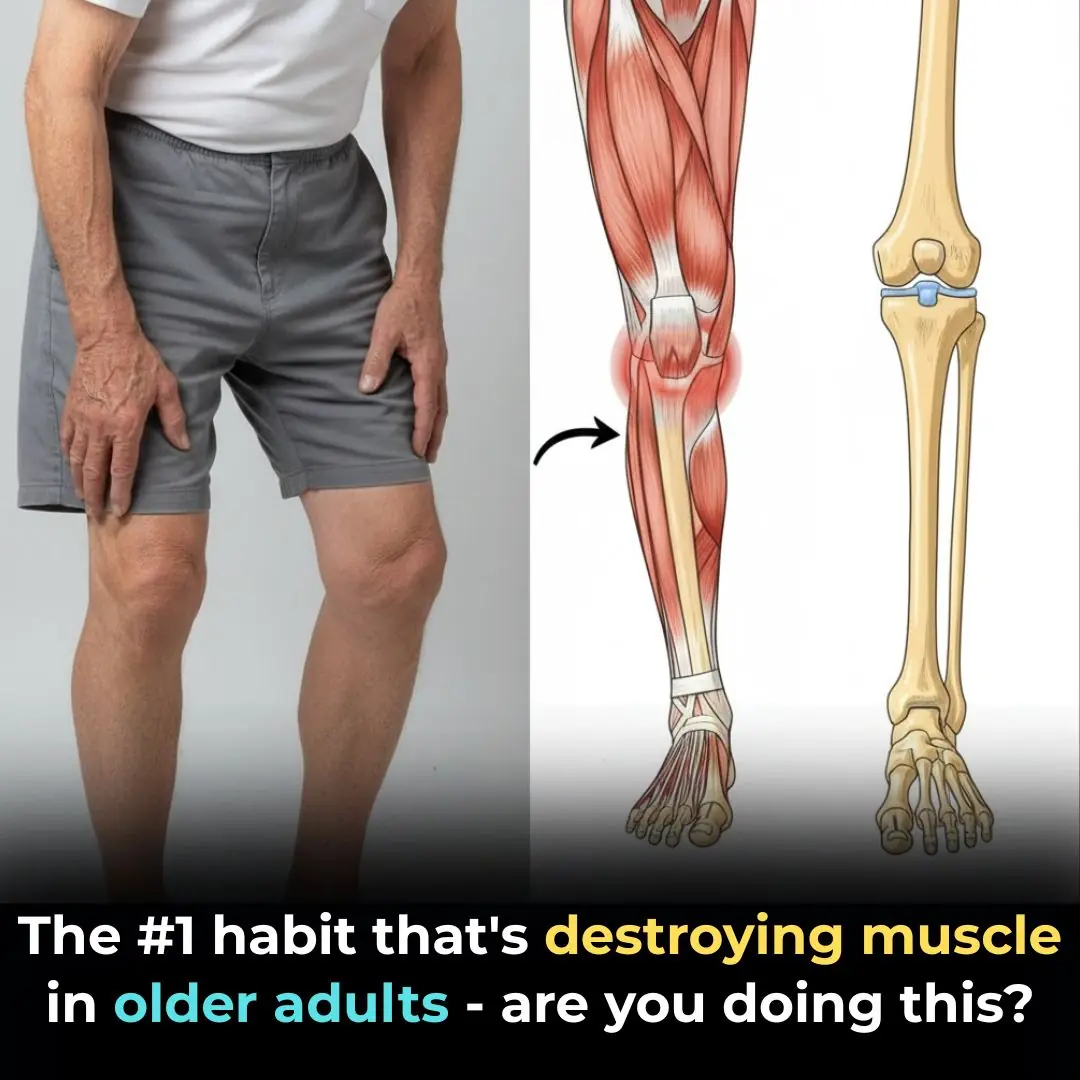
The #1 habit that’s destroying muscle in older adults—are you doing this?
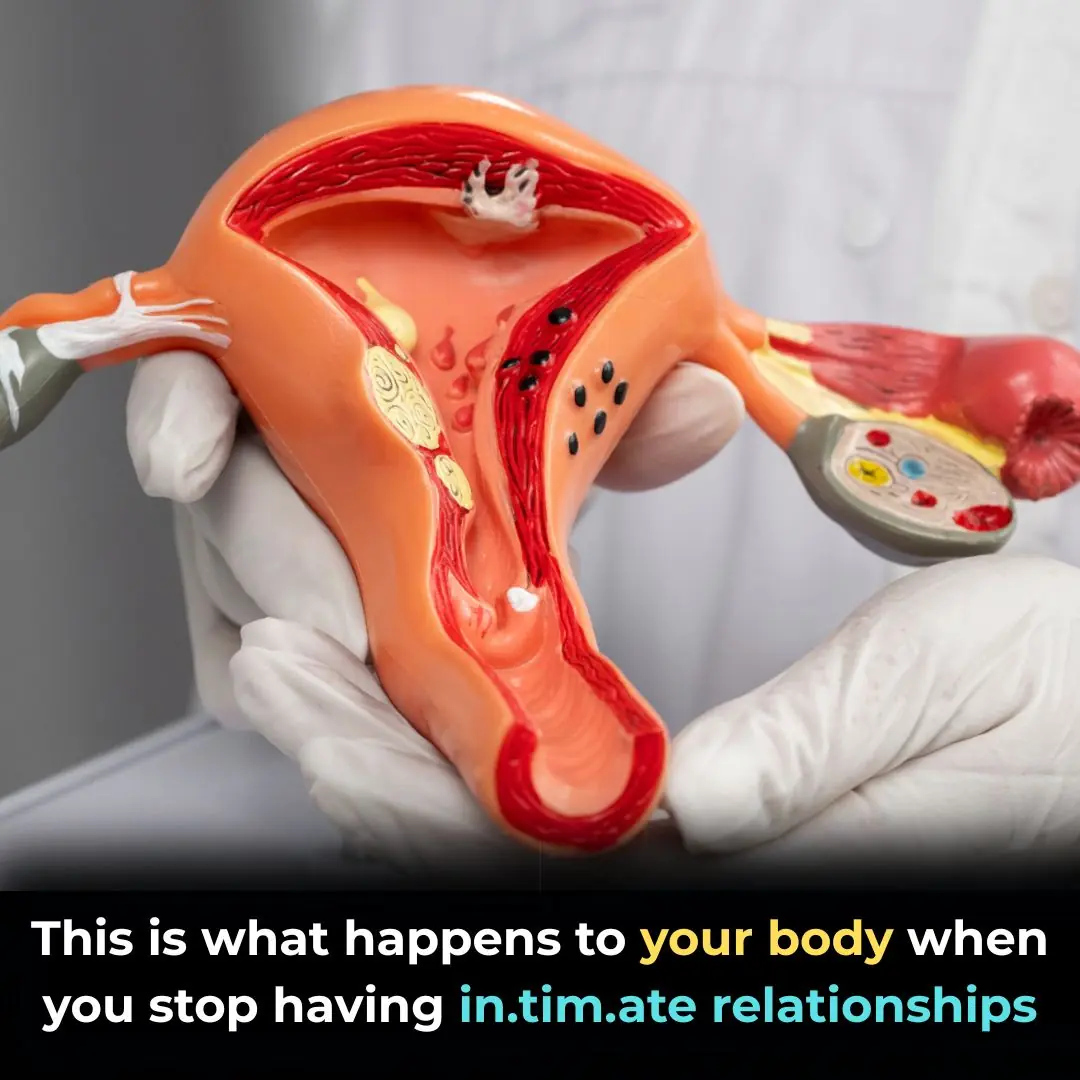
The Hidden Consequences of a S*xless Life
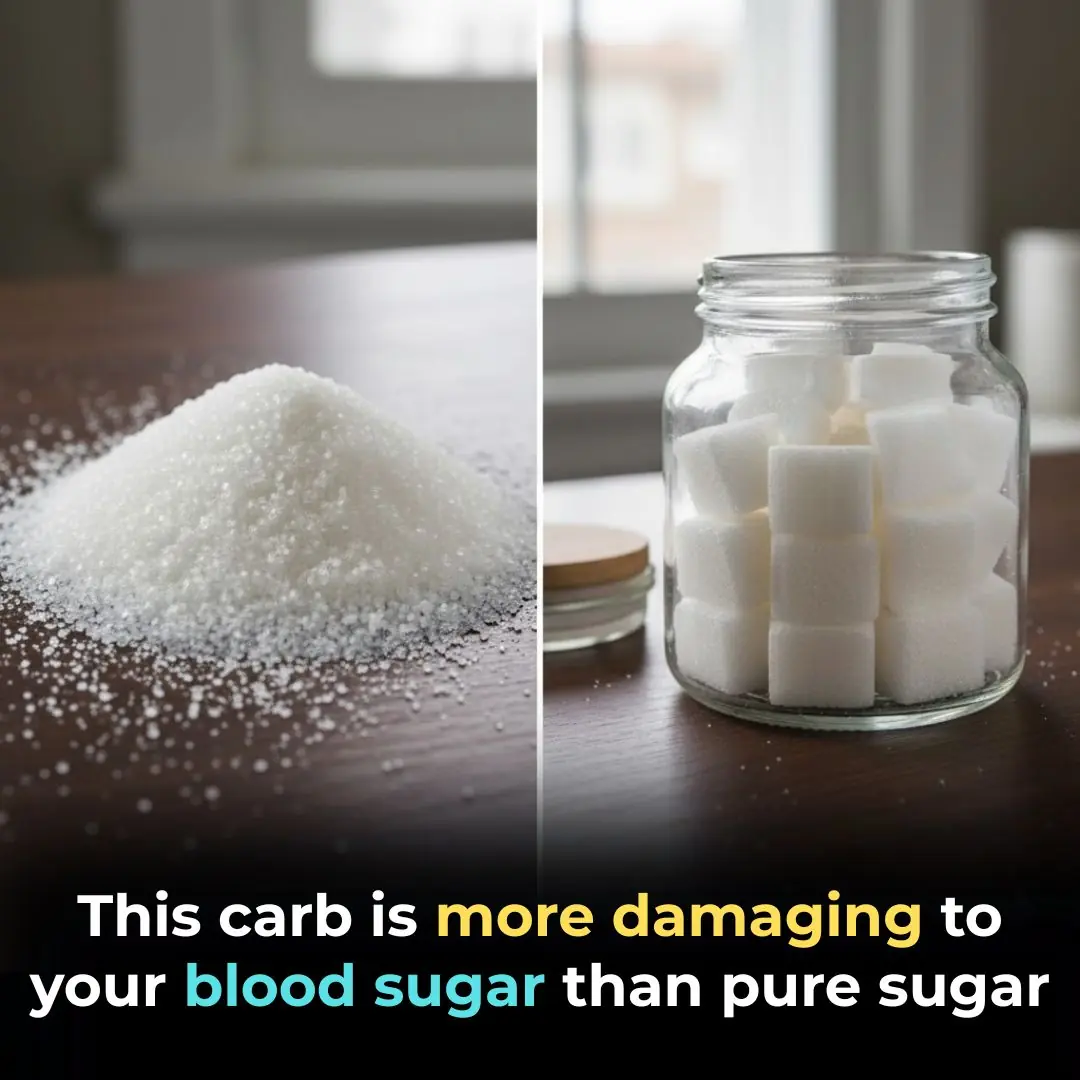
This carb is more damaging to your blood sugar than pure sugar
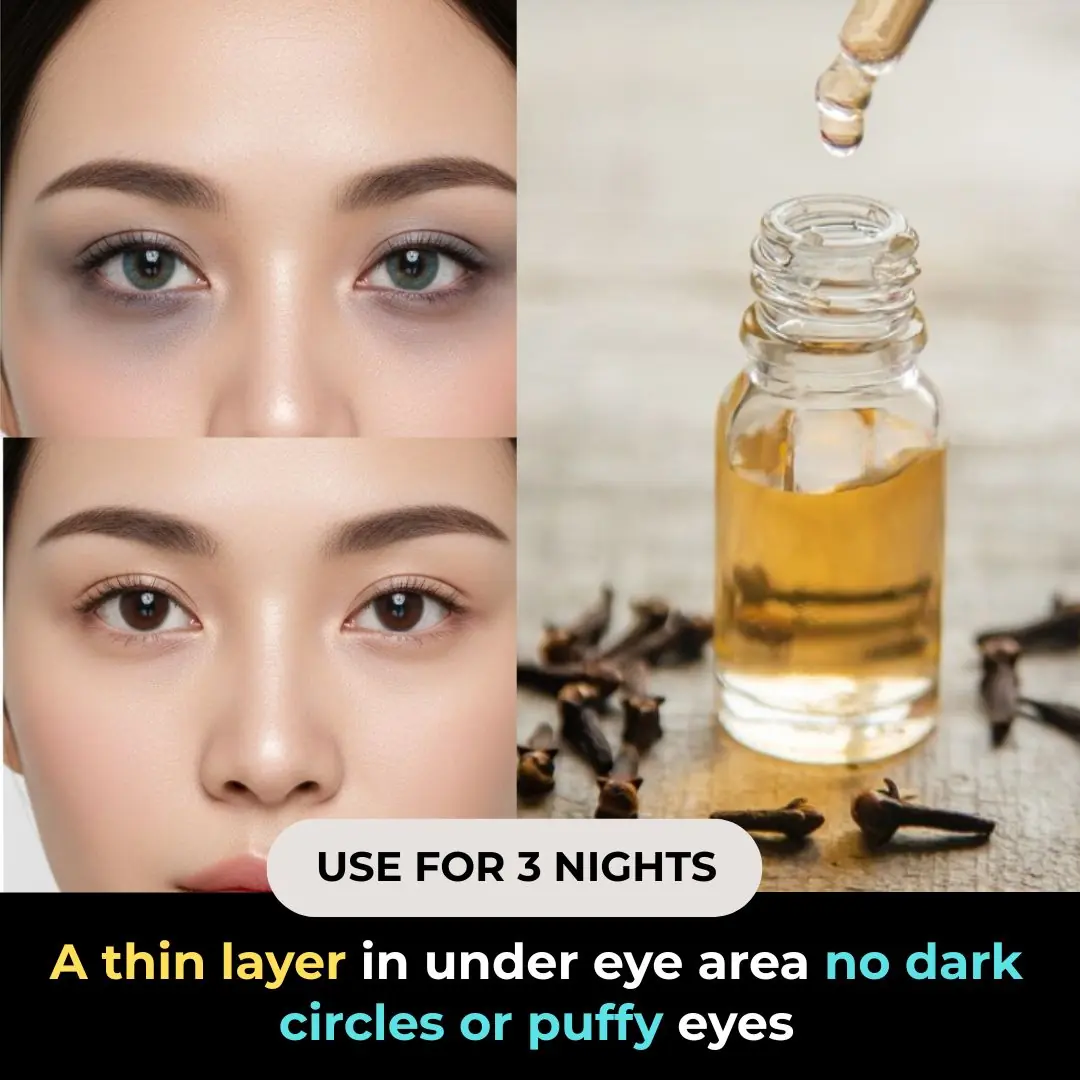
DIY Under-Eye Clove Cream for Dark Circles
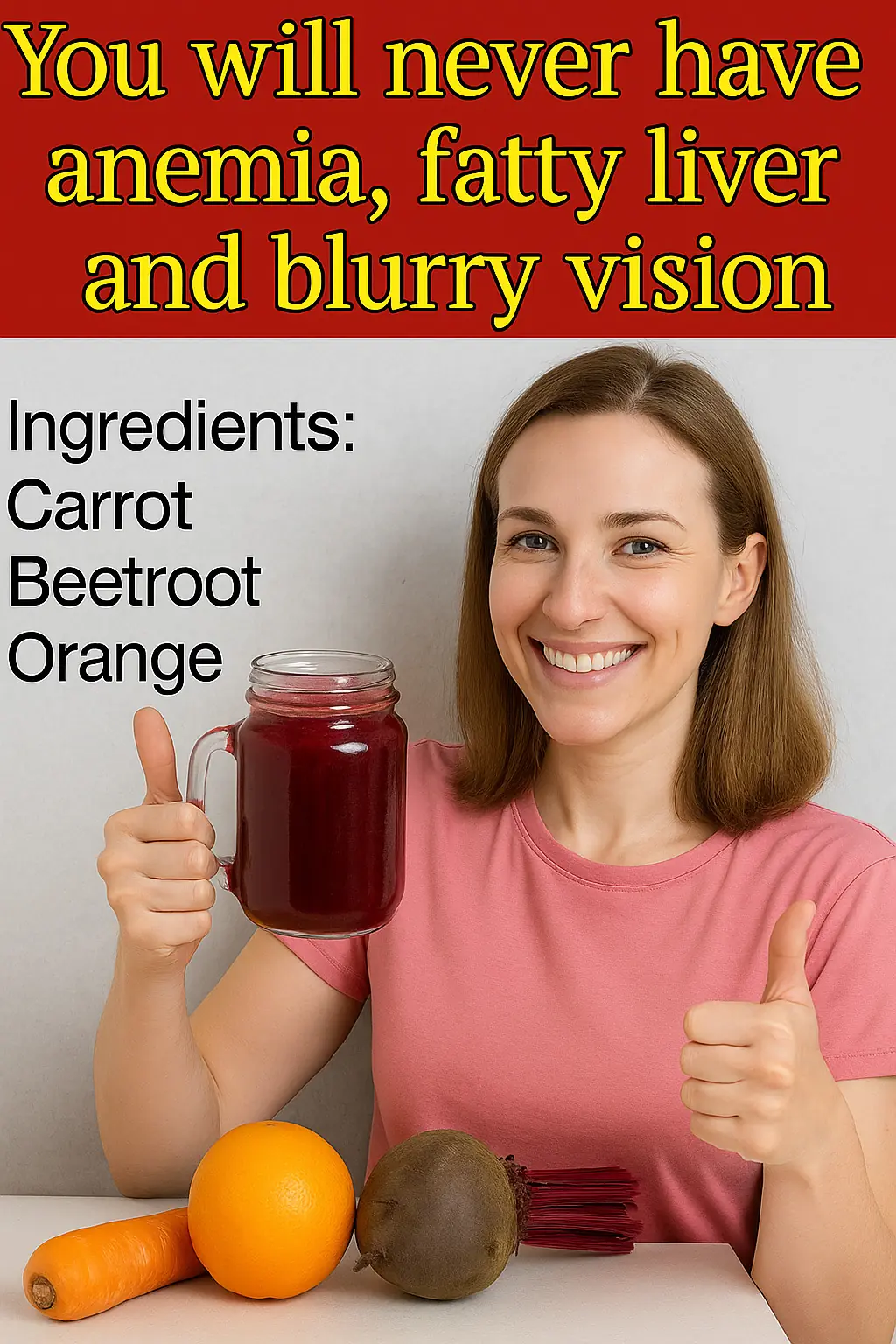
The Powerful Juice That Fights Anemia, Fatty Liver, and Blurry Vision Naturally

Remove Bad Odors from Your Refrigerator Overnight with These Simple Tricks
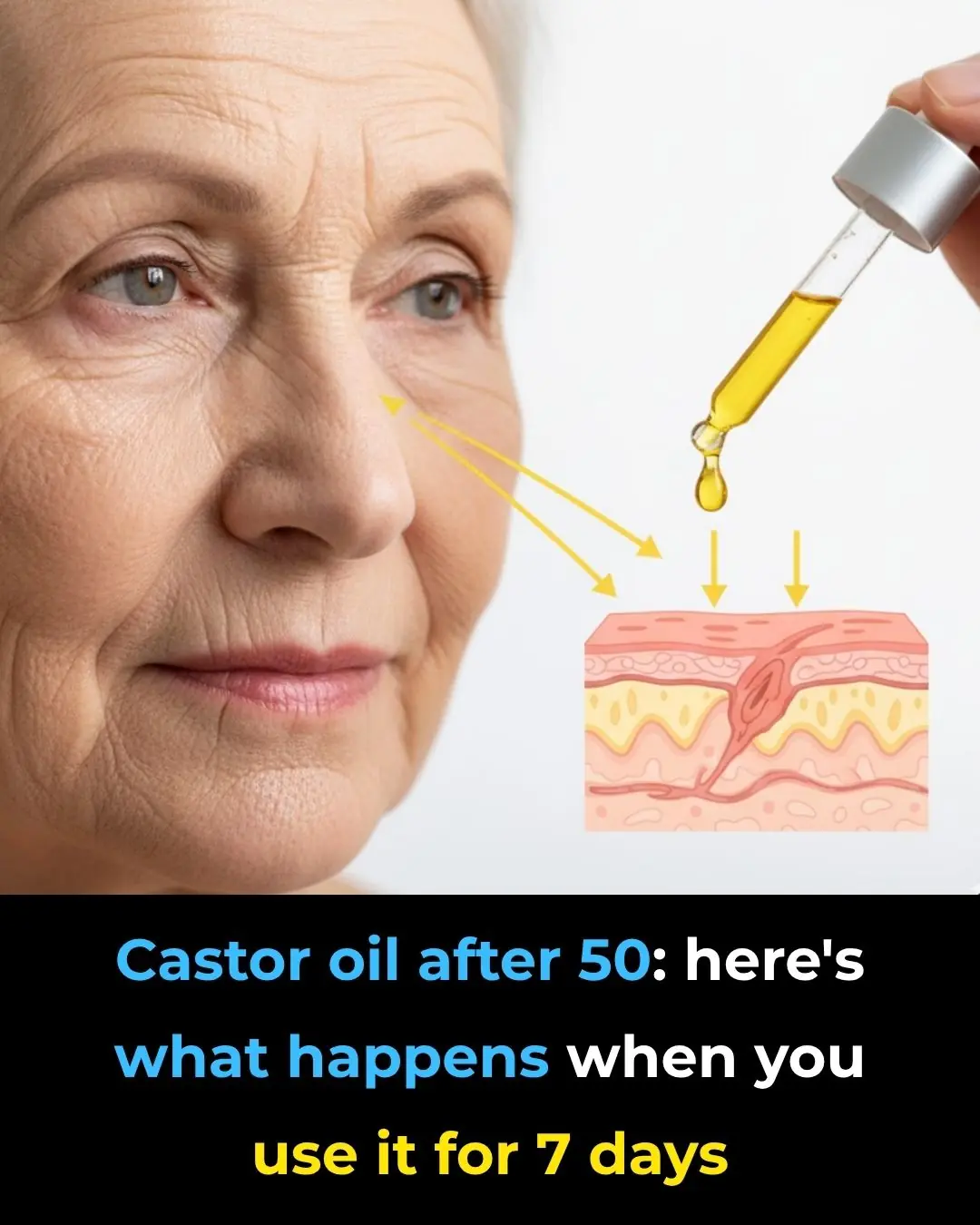
Castor Oil After 50: This Is What Happens After 7 Days Of Use!
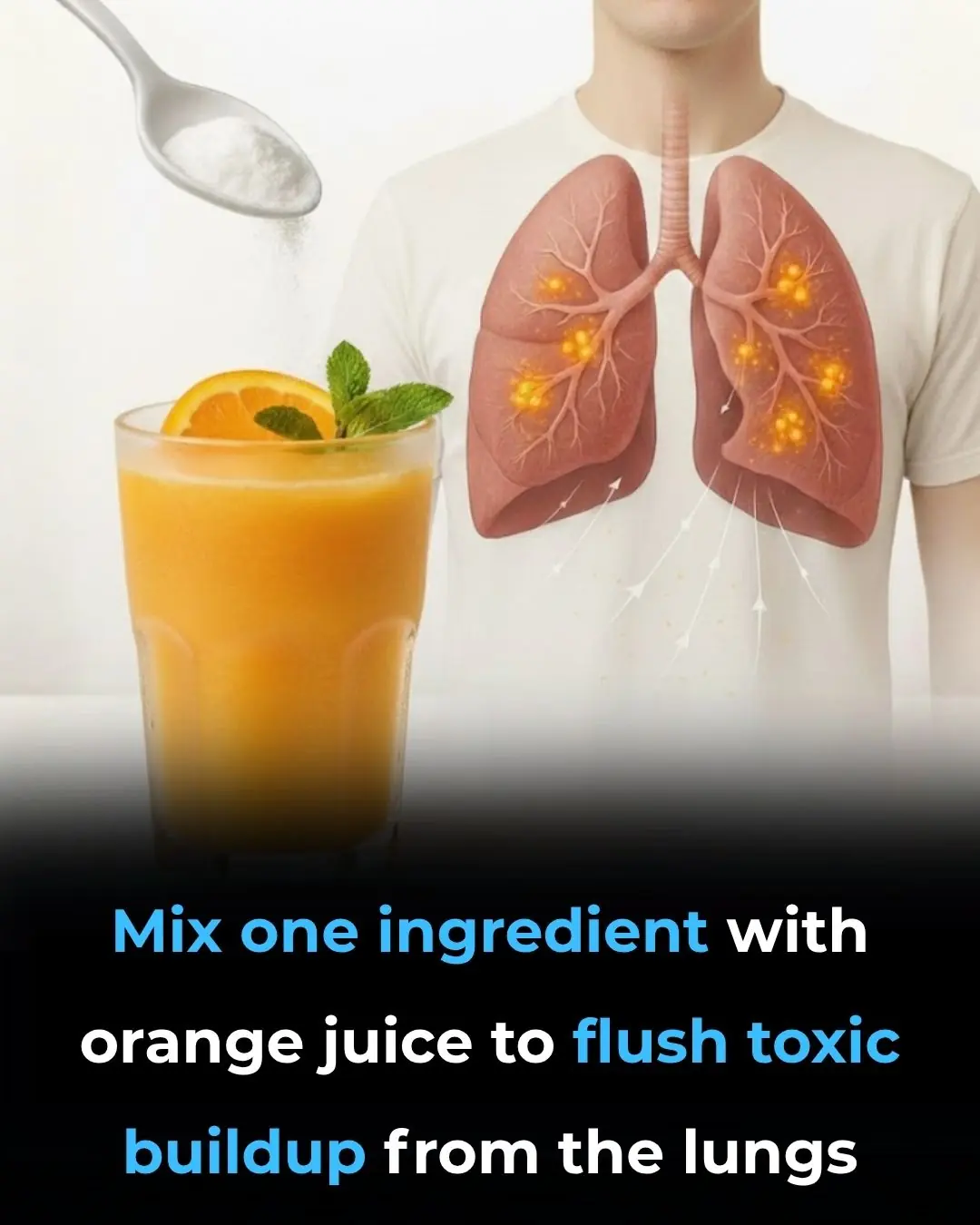
Mix One Ingredient With Orange Juice To Flush Toxic Buildup From The Lungs
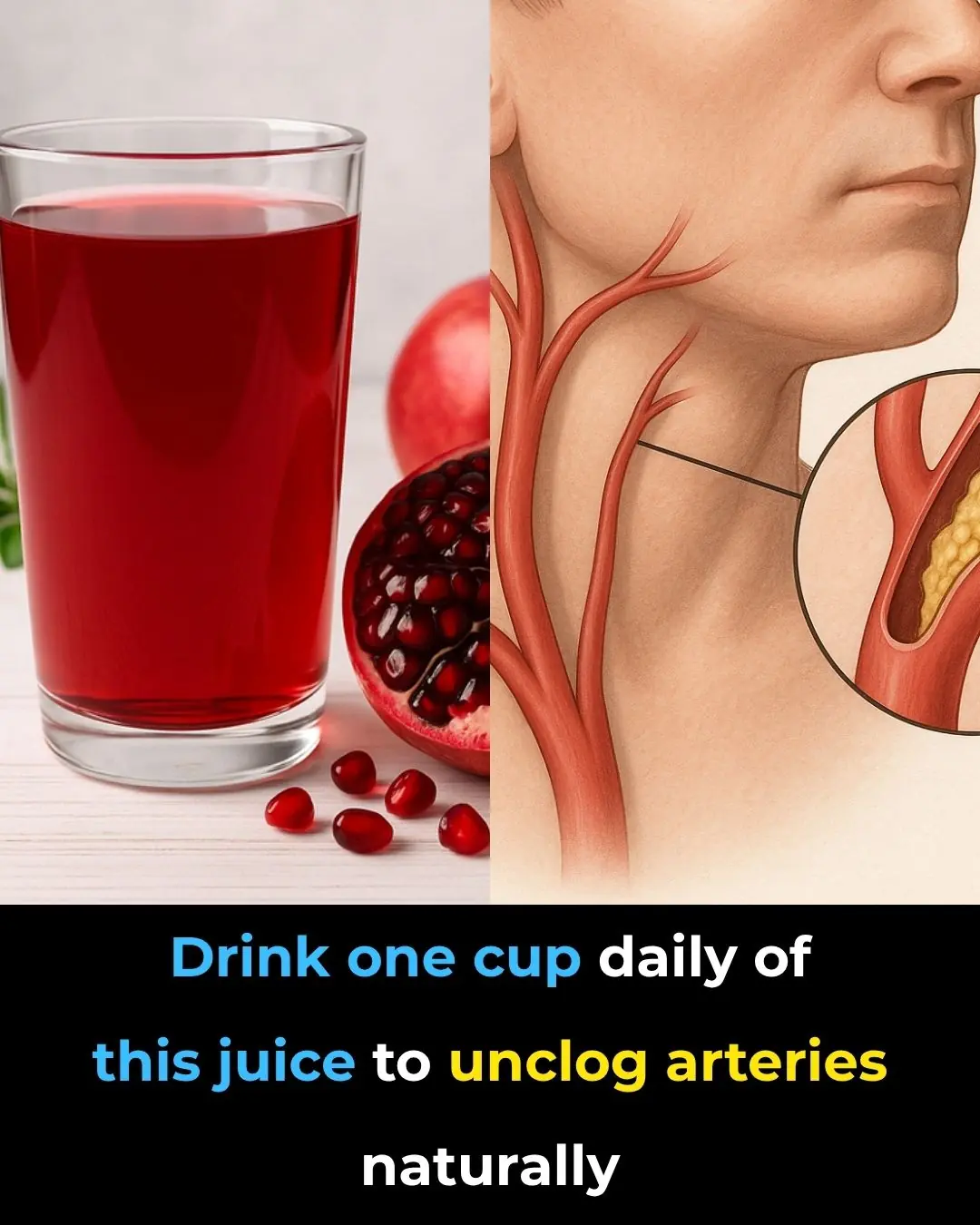
Drink one cup daily of this juice to UNCLOG arteries?
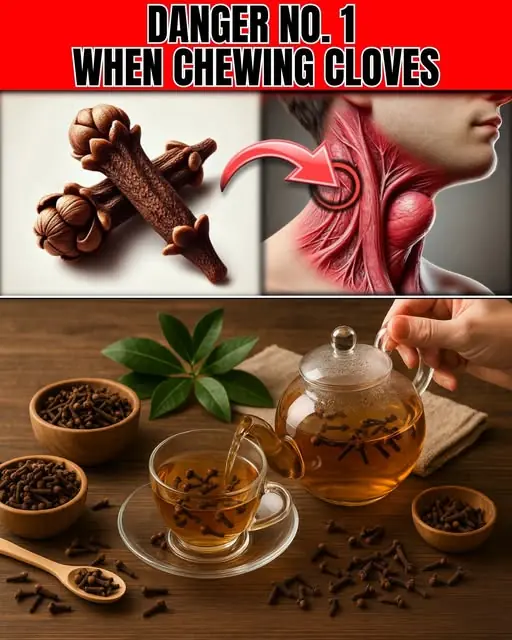
MISTAKE #1 WHEN CHEWING CLOVES (YOUR HEALTH IS IN DANGER)

Just tried to stop my daughter from doing this
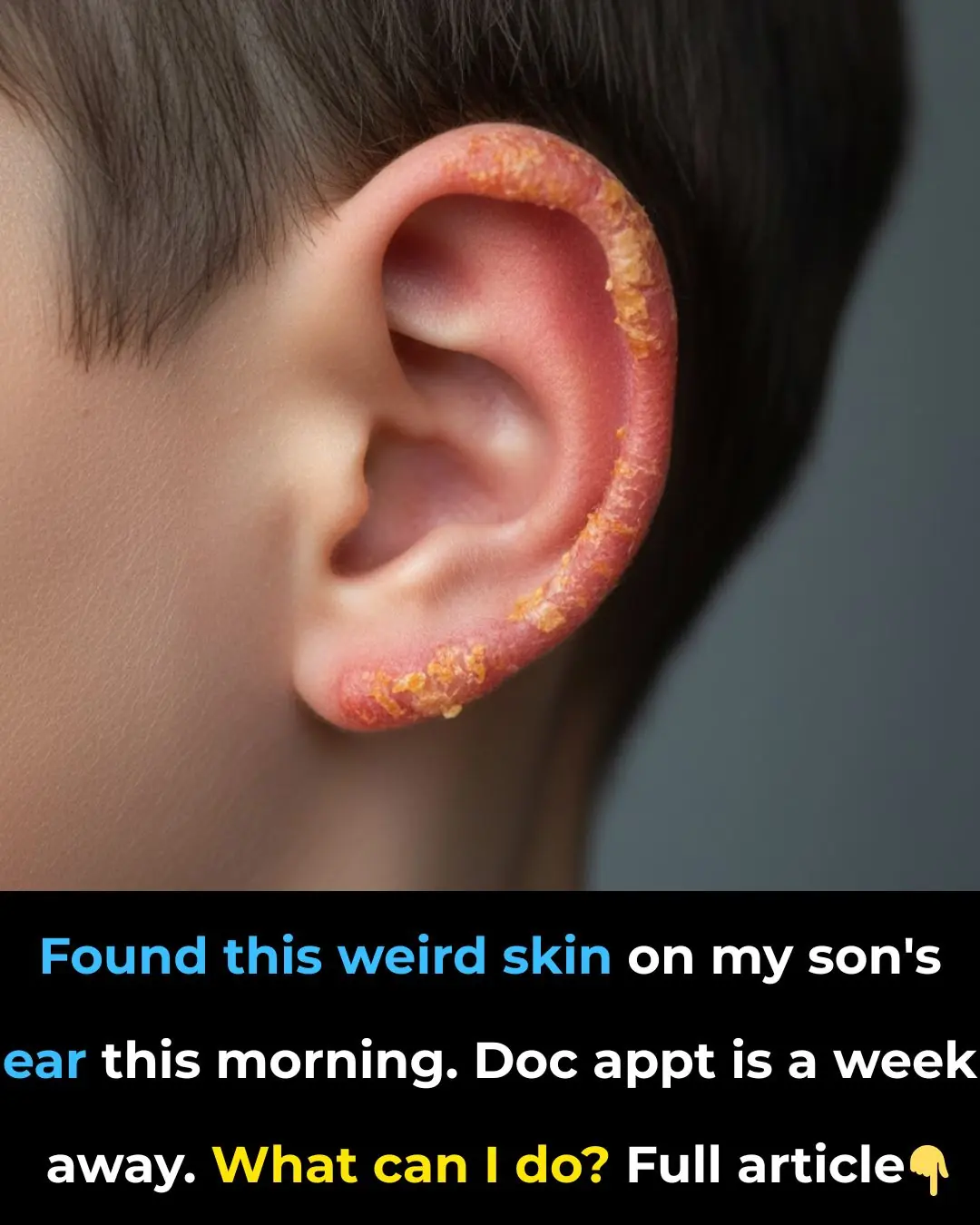
Found this weird skin on my son's ear this morning. Doc appt is a week away. What can I do?

3 Common Mistakes People Make When Eating Avocados
News Post

Boil chicken without water, use vegetables and fruits to "cook", ensure to keep the sweetness and very fragrant
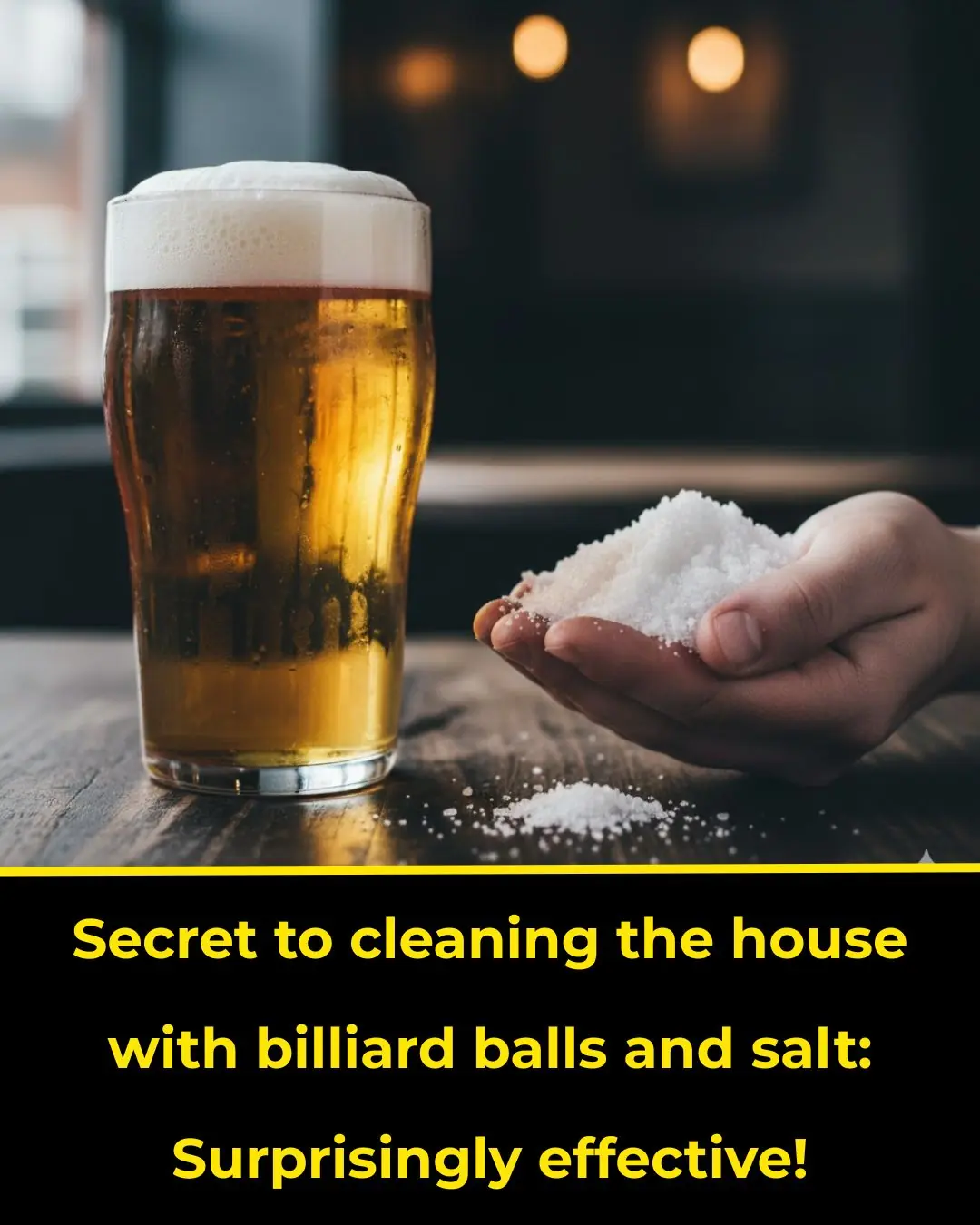
Excess beer if thrown away is a waste
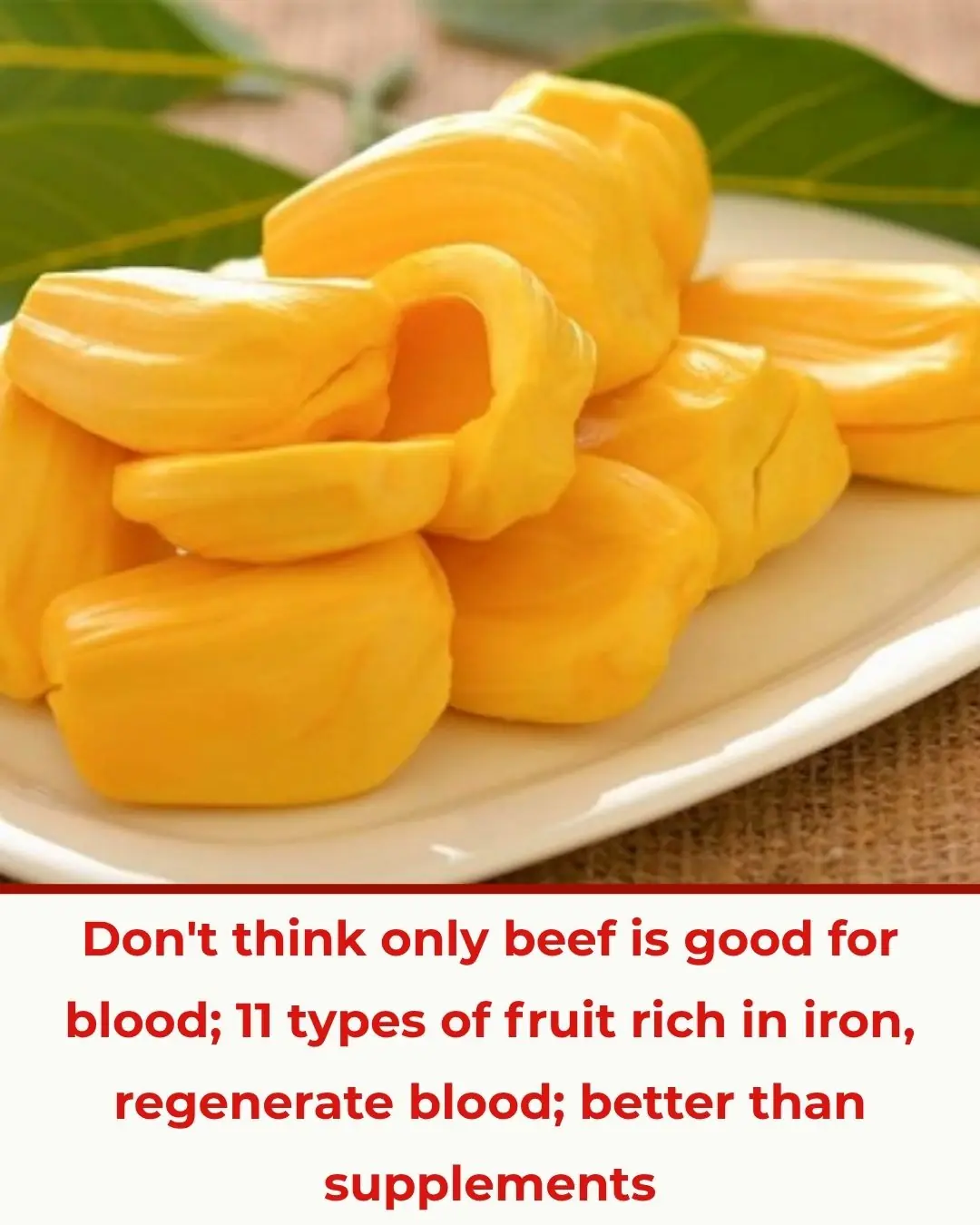
Don't think only beef is good for blood; 11 types of fruit rich in iron, regenerate blood; better than supplements

Drinking coconut water on an empty stomach for 7 days, one shot hits 10 targets: it's too wasteful not to try.

Simple way to repel cockroaches: Use only 1 ingredient available in the house

How to drink ginger and red apple tea to nourish blood, rosy skin, and good sleep

Put a drop of essential oil on clothes while soaking: "Special" use, not everyone knows how to apply it

How Cancer Travels Through the Lymphatic System—and Ways to Keep It Strong

How to Make Alkaline Water to Fight Fatigue, Digestive Issues, and Disease

Your Legs Have a “Second Heart” — And One Simple Move Can Reactivate It Fast

Don't throw away expired milk, keep it for 7 great benefits, help save a lot of money
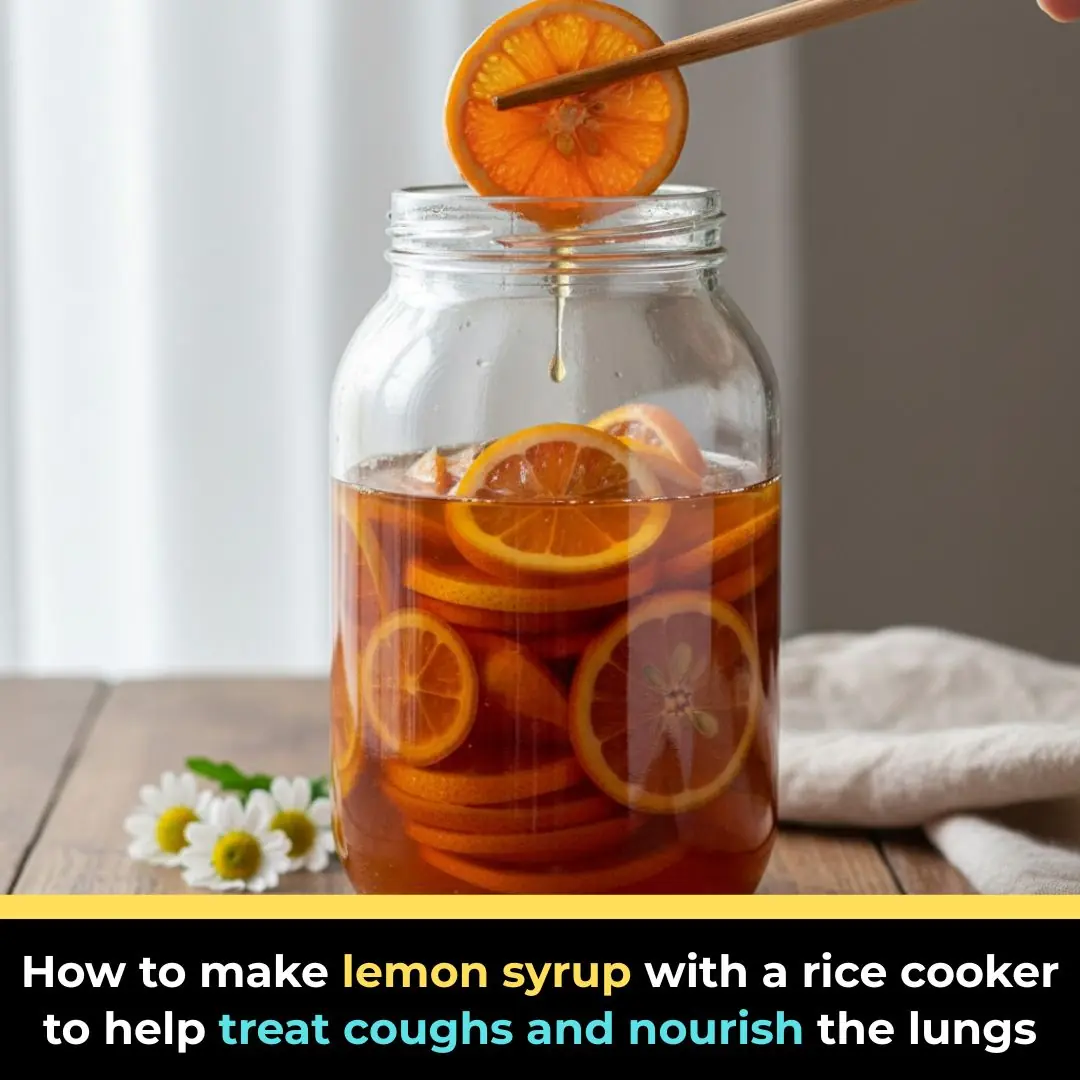
How to make lemon syrup with a rice cooker to help treat coughs and nourish the lungs

Don't rush to put lemons in the fridge when you buy them. Do this so they stay fresh all year round and don't get bitter or spoiled.

Tips to unclog drains in 5 minutes, removing hair and dirt without calling a plumber
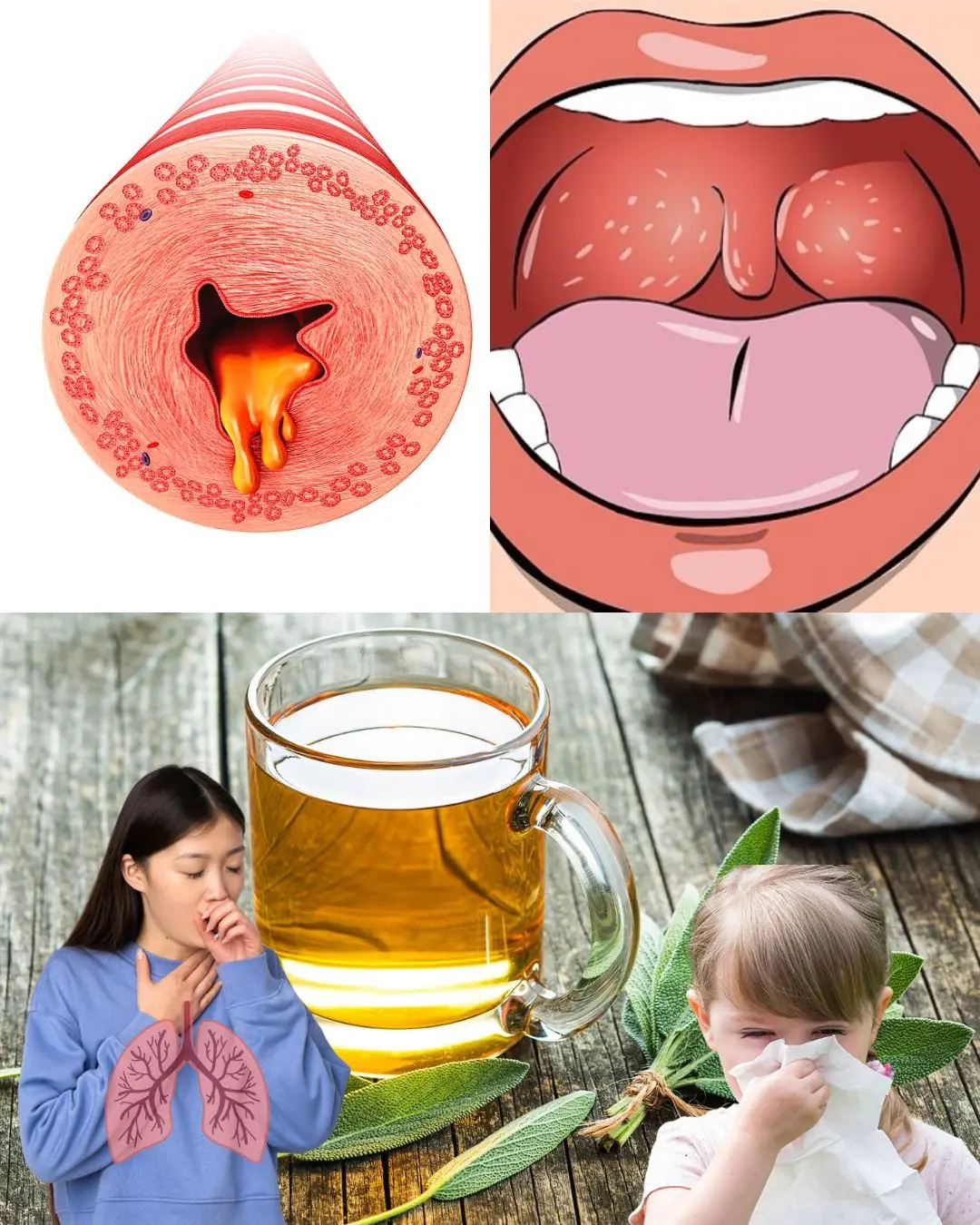
Ancient Herbal Remedy to Clear Mucus from Nose, Throat, and Lungs in Just 2 Days

Seniors: Take This for 5 Nights and See What Comes Out in Your Stool!

A neurosurgeon says your legs could predict dementia years before memory loss

Simple Homemade Cough Syrup Removes Phlegm From The Lungs
